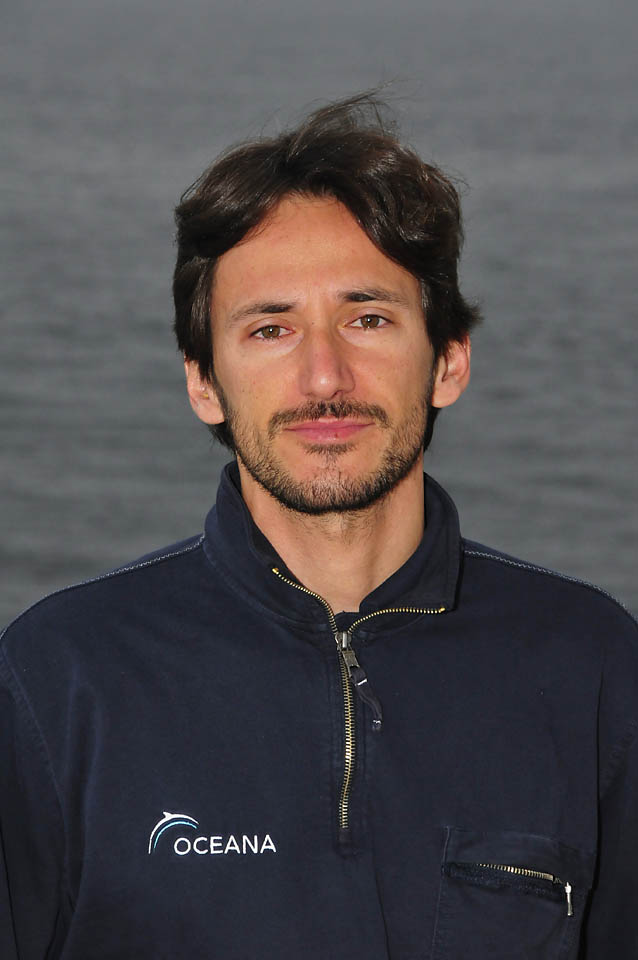May 20, 2012
Diving in the Dark
 We woke up in Sweden on parallel 63º, and we still must sail farther north. The first ROVs were carried out at 220 m deep, in brown water that is rather reminiscent of that found in rivers and reservoirs. We have also taken samples using the trawl and the CTD. After hours sailing northwards and coming closer to the shore, we found our next destination. A number of islands, mostly unpopulated, where the water surrounding them can reach 100 m deep very close to the shore. The ROV plunged to the bottom, and after filming life at this depth we dropped anchor between the islands and went diving on the Zodiac rafts.
We woke up in Sweden on parallel 63º, and we still must sail farther north. The first ROVs were carried out at 220 m deep, in brown water that is rather reminiscent of that found in rivers and reservoirs. We have also taken samples using the trawl and the CTD. After hours sailing northwards and coming closer to the shore, we found our next destination. A number of islands, mostly unpopulated, where the water surrounding them can reach 100 m deep very close to the shore. The ROV plunged to the bottom, and after filming life at this depth we dropped anchor between the islands and went diving on the Zodiac rafts.
Some 10 m away from the island, water depth was 5 m, but at a distance of 30 m depth very quickly reached 25m. Visibility was no greater than 3 m, and as we descended the temperature also dropped, from 3.6º at 5m to 0.8º at 25m. All we found there was pain in our hands, particularly in our fingers, and intense cold. In addition, the lack of visibility was compounded by the darkness resulting from the floating seaweed during the first 10 metres, so diving at the bottom was like diving at night, only with 3-metre visibility. After 43 minutes diving, we decided to move up the slope to a depth of 5 m, where we usually make our safety stop to reduce the impact of gas pressure. This time, instead of stopping in the middle of the water, we were able to seek more life to film and document. Finally, with the help of José Manuel “Pisha” (the ROV pilot), we took our gear off and climbed onto the Zodiac raft to return to the Hanse and carry out a new ROV.
As I write these lines, I can hear the engine roar and the anchor chain go up link by link. We are setting sail towards our new work place, some 15 hours farther north, which we will cover during the night while we sleep, so we can start working tomorrow morning.

